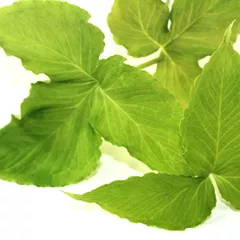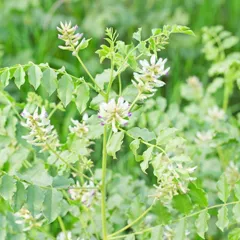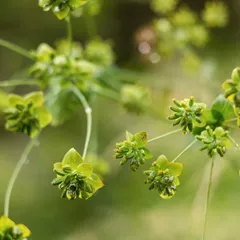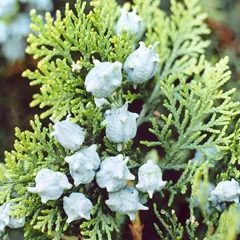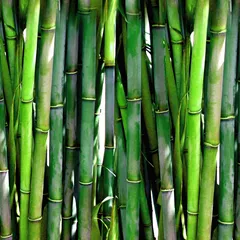Angina according to Chinese Medicine
The information provided here is not a replacement for a doctor. You shouldn't use it for the purpose of self-diagnosing or self-medicating but rather so you can have a more informed discussion with a professional TCM practitioner.
Angina factsheet
Possible causes and remedies:
Qi Stagnation in Gallbladder and Stomach with Phlegm Heat
Symptoms: Anxiety Palpitations Slight thirst and seven other symptoms
Recommended formula: Wen Dan Tang
Lung Qi Deficiency and Liver Qi Stagnation
Symptoms: Coughing Dizziness Headaches and four other symptoms
Recommended formula: Xiao Chai Hu Tang
In Chinese Medicine, angina can be associated with two so-called "patterns of disharmony". Chinese Medicine sees the body as a system, not a sum of isolated parts. A "pattern" is when the system's harmony is disrupted. It is not equivalent to the Western concept of "disease", as a matter of fact here angina can be caused by two different patterns.
To understand whether someone's angina might be caused by a given pattern, one needs to look for signs and symptoms associated with the pattern beyond what one might typically experience from angina alone. For instance when angina is caused by the pattern Qi Stagnation in Gallbladder and Stomach with Phlegm Heat, patients also experience symptoms such as nausea or vomiting, dizziness or vertigo, dream disturbed sleep with strange or unusual dreams and palpitations. Similarly, patients with Qi Stagnation in Gallbladder and Stomach with Phlegm Heat typically exhibit slippery (Hua) or wiry (Xian) pulses as well as a tongue with yellow coating.
We've listed below a description of the two patterns associated with angina so that you can start to get an understanding of the various possibilities according to Chinese Medicine.
Once identified, patterns are often treated using herbal formulas. Drinking herbal infusions is the most common remedy in Chinese Medicine, together with acupuncture. Here we detail below four formulas that can help treat the various patterns associated with angina, depending on which pattern fits your profile.
The two "patterns of disharmony" associated with angina
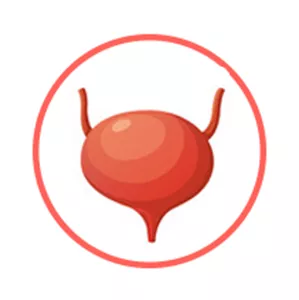
The Bladder is a so-called "Fu" Organ. Learn more about the Bladder in Chinese Medicine
Qi Stagnation in Gallbladder and Stomach with Phlegm Heat
Pulse type(s): Slippery (Hua), Wiry (Xian)
Tongue coating: Yellow coating
Recommended herbal formula: Wen Dan Tang
Symptoms: Anxiety Palpitations Slight thirst Nausea or vomiting Dizziness or vertigo Bitter taste in the mouth Indeterminate gnawing hunger Focal distention of the chest Coughing of copious thick yellow sputum Dream disturbed sleep with strange or unusual dreams
Angina might be due to Qi Stagnation in Gallbladder and Stomach with Phlegm Heat if the condition is paired with typical pattern symptoms such as nausea or vomiting, dizziness or vertigo, dream disturbed sleep with strange or unusual dreams and palpitations. Similarly, patients with Qi Stagnation in Gallbladder and Stomach with Phlegm Heat typically exhibit slippery (Hua) or wiry (Xian) pulses as well as a tongue with yellow coating.
Read more about Qi Stagnation in Gallbladder and Stomach with Phlegm Heat here
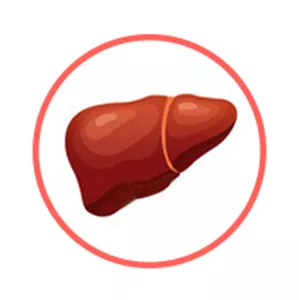
The Liver is a so-called "Zang" Organ. Learn more about the Liver in Chinese Medicine
Lung Qi Deficiency and Liver Qi Stagnation
Pulse type(s): Empty (Xu), Tight (Jin)
Tongue coating: Thin white coating
Tongue color: Normal (light red), Pale
Recommended herbal formula: Xiao Chai Hu Tang
Symptoms: Coughing Dizziness Headaches Depression Moving pain Listlessness Hypochondrium fullness
Angina might be due to Lung Qi Deficiency and Liver Qi Stagnation if the condition is paired with typical pattern symptoms such as coughing, hypochondrium fullness, dizziness and headaches. Similarly, patients with Lung Qi Deficiency and Liver Qi Stagnation typically exhibit empty (Xu) or tight (Jin) pulses as well as a normal (light red), pale tongue with thin white coating.
Read more about Lung Qi Deficiency and Liver Qi Stagnation here
The four herbal formulas that might help with angina
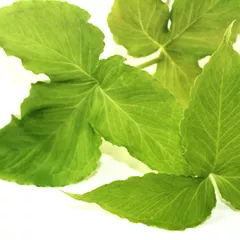
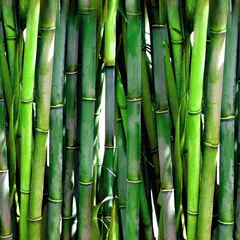
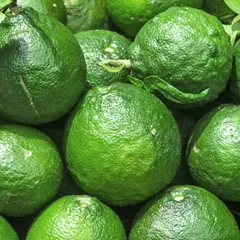
The top herbs in Wen Dan Tang are Crow-Dipper Rhizomes (Ban Xia), Bamboo Shavings (Zhu Ru) and Immature Bitter Oranges (Zhi Shi)
Wen Dan Tang
Source date: 1174 AD
Number of ingredients: 8 herbs
Key actions: Clears Phlegm. Clears Gallbladder. Regulates Qi. Harmonizes the Stomach.
Why might Wen Dan Tang help with angina?
Because it is a formula often recommended to help treat Qi Stagnation in Gallbladder and Stomach with Phlegm Heat, a pattern sometimes associated with angina. If it looks like you might suffer from Qi Stagnation in Gallbladder and Stomach with Phlegm Heat, this formula might help (although please seek confirmation with a professional practitioner beforehand).
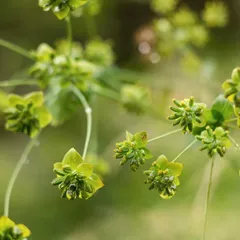


The top herbs in Xiao Chai Hu Tang are Bupleurum Roots (Chai Hu), Baikal Skullcap Roots (Huang Qin) and Crow-Dipper Rhizomes (Ban Xia)
Xiao Chai Hu Tang
Source date: 220 AD
Number of ingredients: 7 herbs
Key actions: Treats the Lesser Yang Channels (Gallbladder and Triple Warmer). Regulates the Liver and Spleen functions. Addresses combined Yin-Yang symptoms of External and Internal, Excess and Deficiency, and Hot and Cold.
Why might Xiao Chai Hu Tang help with angina?
Because it is a formula often recommended to help treat Lung Qi Deficiency and Liver Qi Stagnation, a pattern sometimes associated with angina. If it looks like you might suffer from Lung Qi Deficiency and Liver Qi Stagnation, this formula might help (although please seek confirmation with a professional practitioner beforehand).


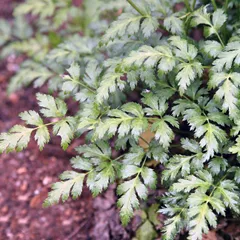
The top herbs in Huang Lian Wen Dan Tang are Crow-Dipper Rhizomes (Ban Xia), Bamboo Shavings (Zhu Ru) and Goldthread Rhizomes (Huang Lian)
Huang Lian Wen Dan Tang
Source date: 1852 AD
Number of ingredients: 7 herbs
Key actions: Clears Hot Phlegm. Clears Gallbladder Heat. Regulates Qi. Harmonizes the Stomach.
Why might Huang Lian Wen Dan Tang help with angina?
Because it is a formula often recommended to help treat , a pattern sometimes associated with angina. If it looks like you might suffer from , this formula might help (although please seek confirmation with a professional practitioner beforehand).
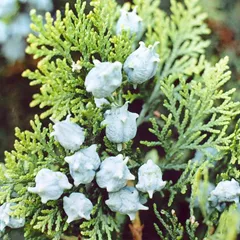
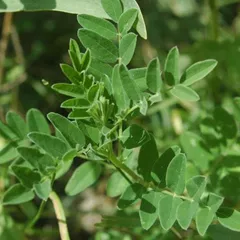

The top herbs in Bai Zi Yang Xin Tang 1 are Biota Seeds (Bai Zi Ren), Milkvetch Roots (Huang Qi) and Dwarf Lilyturf Roots (Mai Dong)
Bai Zi Yang Xin Tang 1
Source date: 16th century
Number of ingredients: 12 herbs
Key actions: Tonifies the Heart Qi . Calms the Mind and clear anxiety . Nourish the Heart Blood .
Why might Bai Zi Yang Xin Tang 1 help with angina?
Because it is a formula often recommended to help treat , a pattern sometimes associated with angina. If it looks like you might suffer from , this formula might help (although please seek confirmation with a professional practitioner beforehand).

